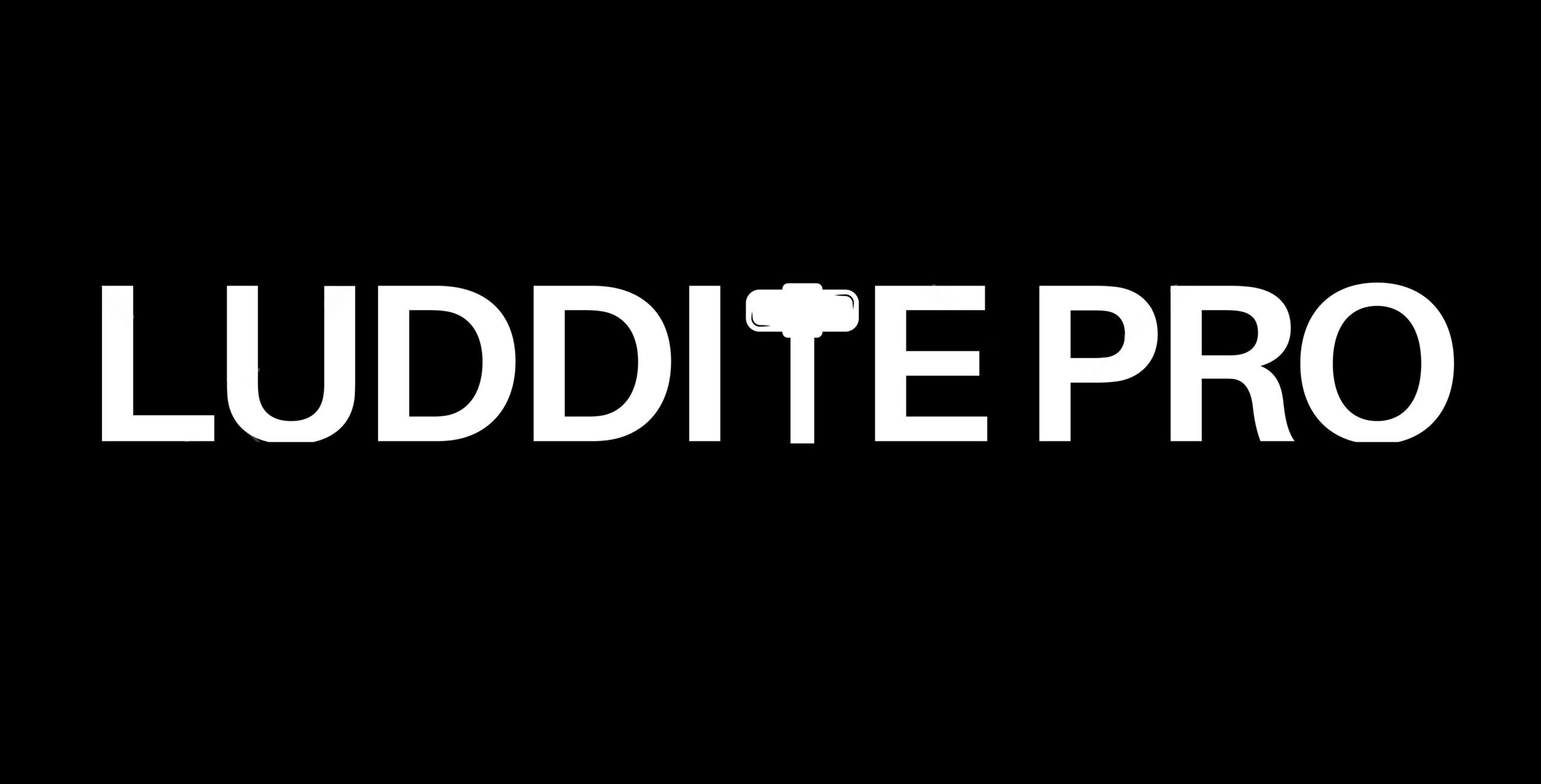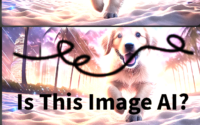A Luddite’s Guide to Identifying AI (Halloween Edition)
Halloween is when people wear costumes and decorate their yards, offices, and homes with spiders, bats, ghouls, ghosts, and goblins.
It’s also a time when a lot of holiday-themed imagery will inevitably make its way into every marketplace on the planet. That means we’re bound to find undisclosed AI hiding in the holiday atmosphere.
From Shutterstock to Adobe Stock, Fiverr, and everywhere in between, synthetic images extruded from AI content generators are seeping into every aspect of our lives. This means we must arm ourselves with the knowledge to quickly identify these images.
AI image detectors need to be fixed, and there are a lot of false positives. Sometimes we can’t even trust our own eyes because of AI. Here are a few tips when deciding whether an image is AI.
1-AI Pumpkins Often Turn Out Bad


Because Shutterstock so vocally opposes generative AI images uploaded to its site, you would think that means it is free of AI images. That’s not the case, however, and you can still easily identify thousands of AI-generated images just like the ones above simply by scanning through its Halloween jack o lanterns.

Synthetic AI images using the words “Halloween” or “Jack o Lantern” will inevitably provide you with some pretty crazy designs. There’s no doubt that people have done some clever and artistic designs on pumpkins that stray from the classic face, but when AI does it, it will often place nonsensical designs that not only don’t make sense but often aren’t functional.
2-AI Doesn’t Know There’s Only One Moon



AI has never seen the sky–even with computer vision, it can’t recognize what it’s supposed to really look like. And because the Earth revolves around the sun and the moon revolves around the Earth, it’s always in a different place and phase for every picture. Of course, the full moon is the most popular for Halloween.

That mean AI-generated haunted houses, graveyards, and other spooky night time scenes will often have multiple moons. And it doesn’t matter what style used–these extra moons will fill the sky if left unchecked and inevitably take over the entire thing. Just because Adobe Stock allows generative AI doesn’t mean there shouldn’t be a layer of quality control protecting customers from bad design.
3-AI Struggles to Make Proper Humans


Although Pixabay happily accepts generative AI, Alamy explicitly bans it. But we can still find AI on both platforms by searching for calaveras (sugar skulls), the traditional catrina design celebrating Mexico’s dia de los muertos (day of the dead).
AI can create humans, but it still struggles to fully understand the human shape. That’s because it’s never actually seen one of us, so it only knows what we look like based on statistical averages of the images we post online. But if you look closely at AI-generated humans, it becomes clear that something is off.

The eyes are wonky, the lips don’t make sense, count the rows of teeth–everything falls apart once you pull the strings. There’s no way somebody took the time to make something with this much skill in creating the overall aesthetic but then they just didn’t care about realistic facial features at all and just called it in.
4-AI Doesn’t Understand the Real World


Facebook is filled with fantastical images with a spooky Halloween twist. Ever since last Halloween, AI-generated images have flooded the site, and now popular groups and pages are happy to contribute to the proliferation of synthetic images and undisclosed AI.
You’ll notice AI can generate anything, but people largely just follow the trends, and once something becomes popular in one of Facebook’s many pro-AI art groups, it quickly ends up in the general public, many of whom don’t even think twice about it.

But upon further inspection it becomes clear the details are off–there’s no way this is practical, and in many cases, it’s impossible. Where is the door in the Jack Skellington bus, for example?
As soon as you lock in to the problems, the Halloween AI reveals itself every time. And it’s on every platform, so beware of what you buy this Halloween–it could be AI in disguise!



